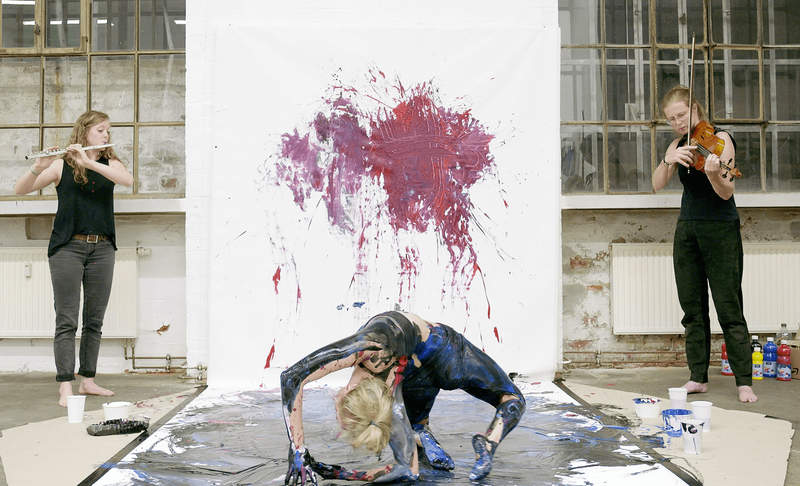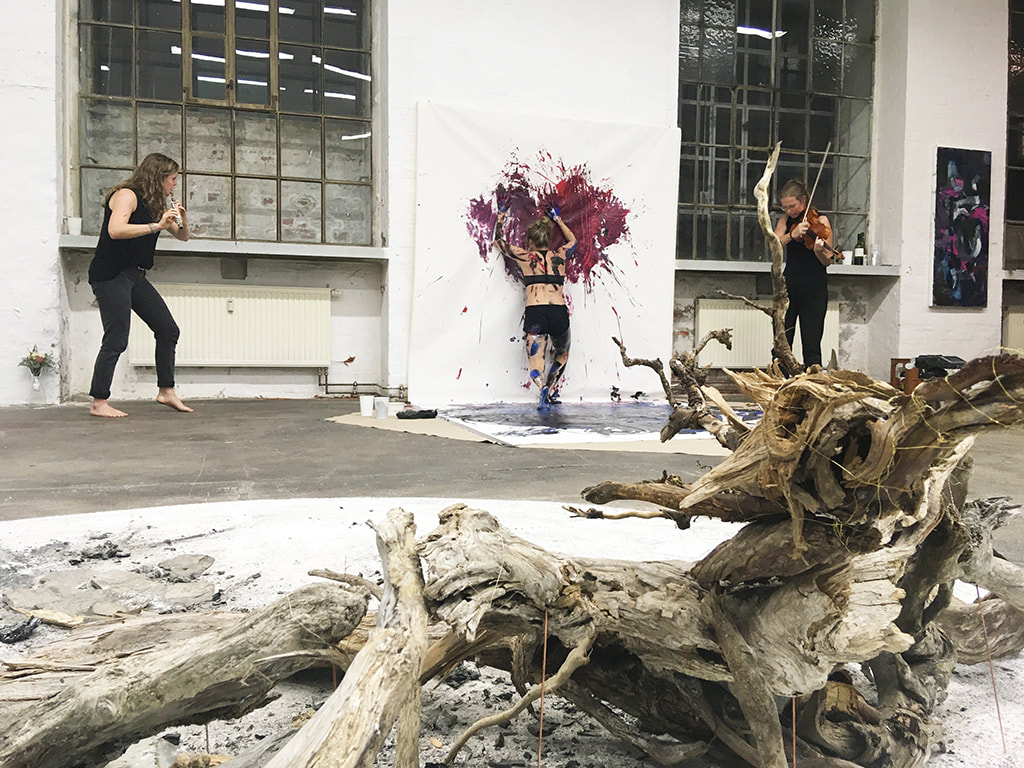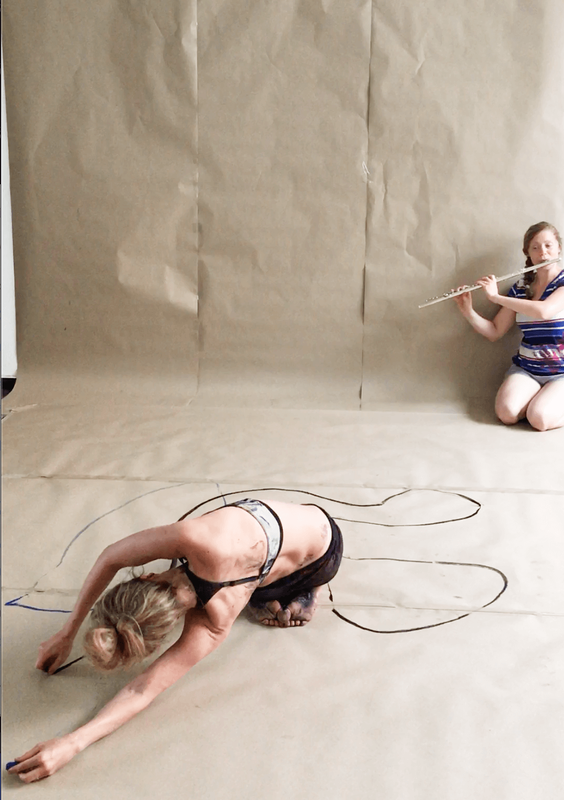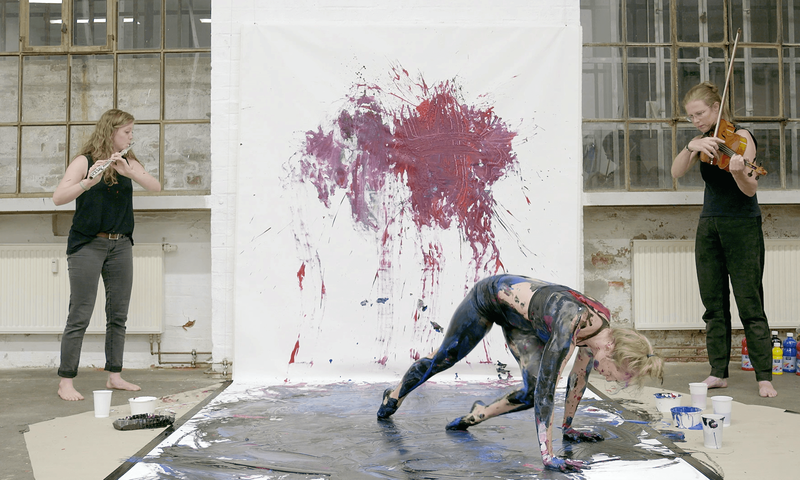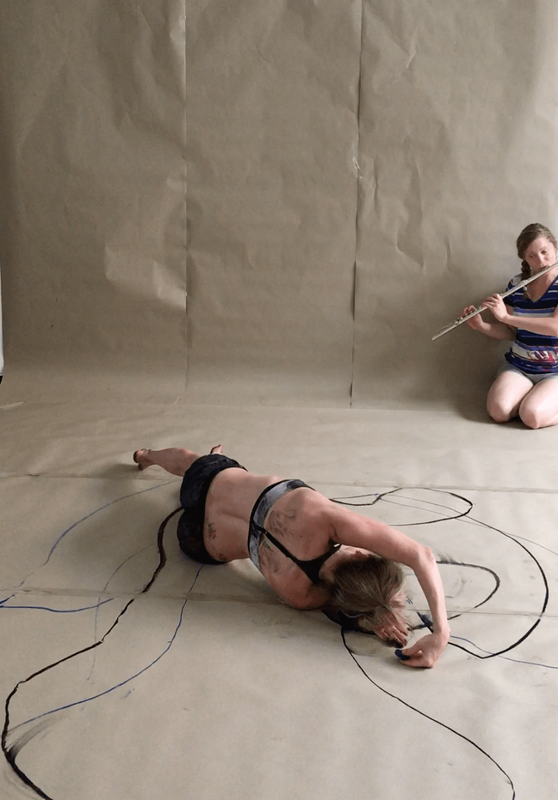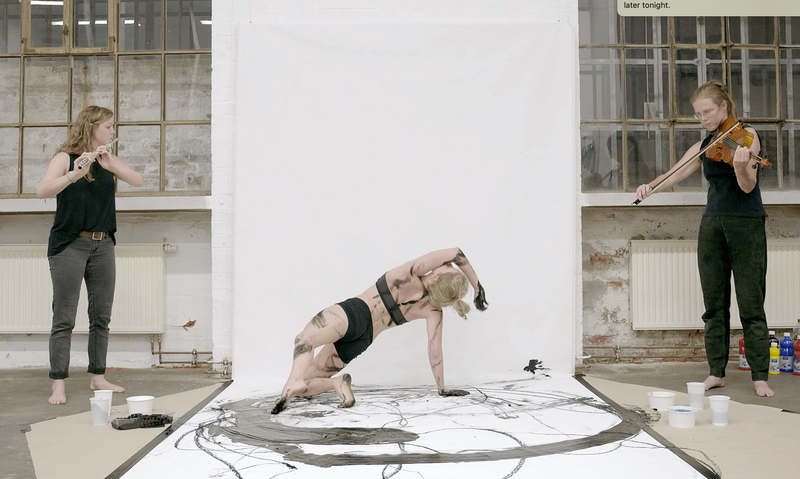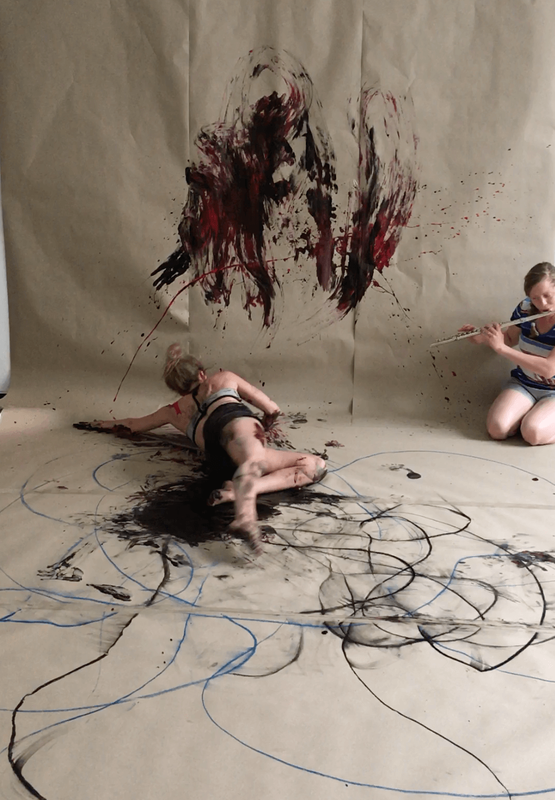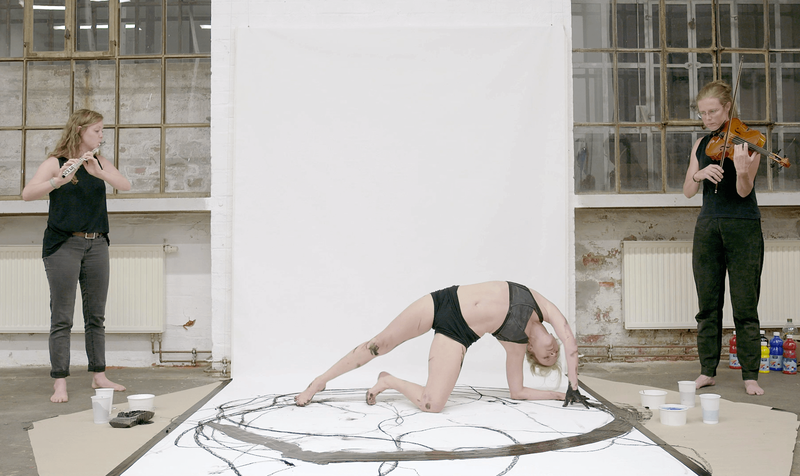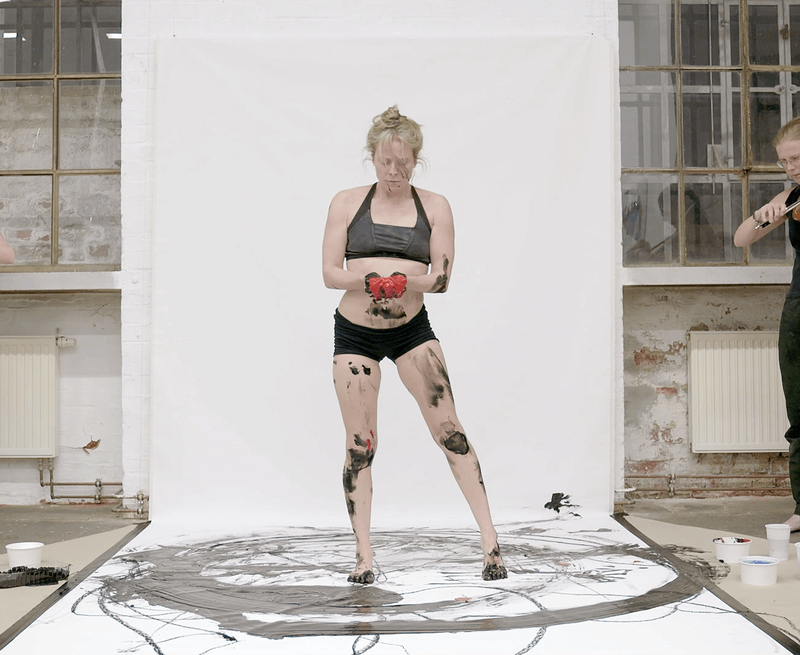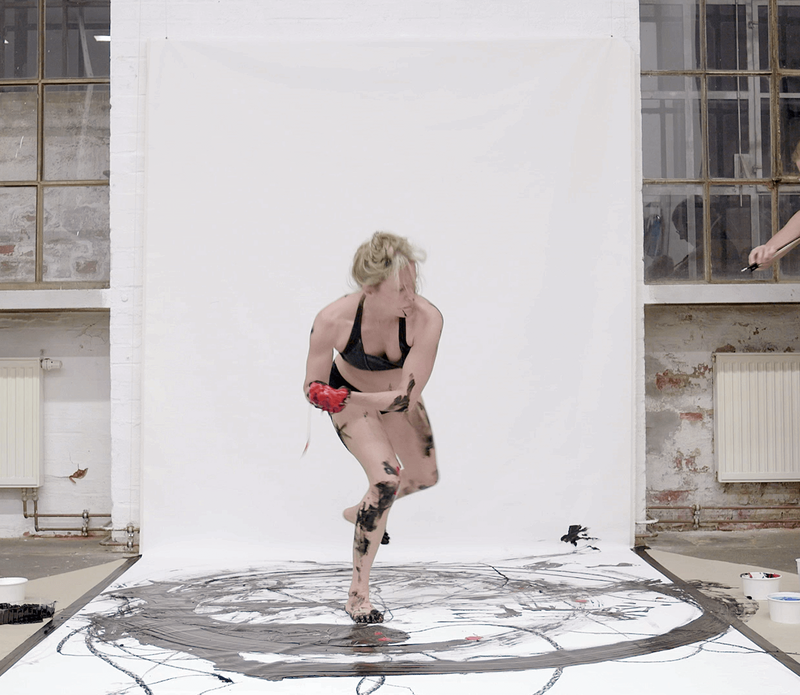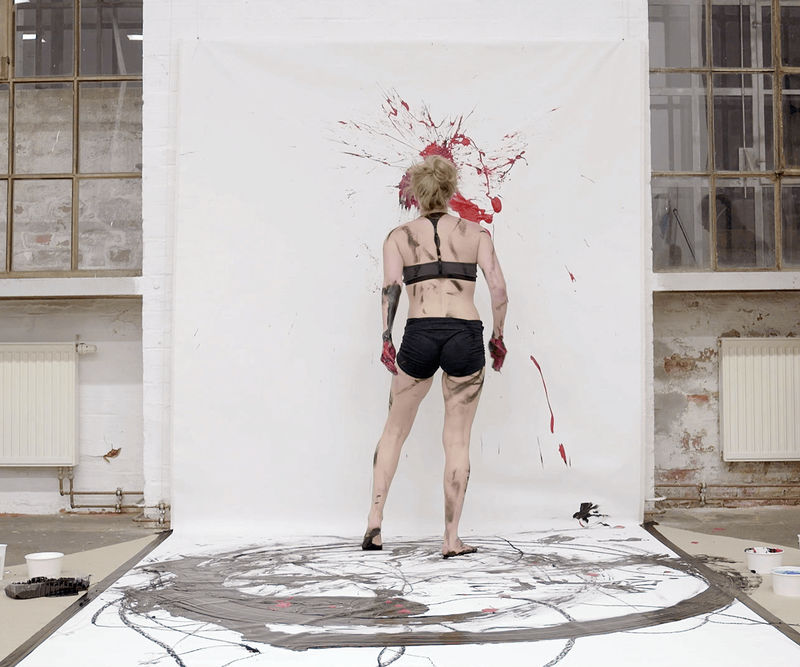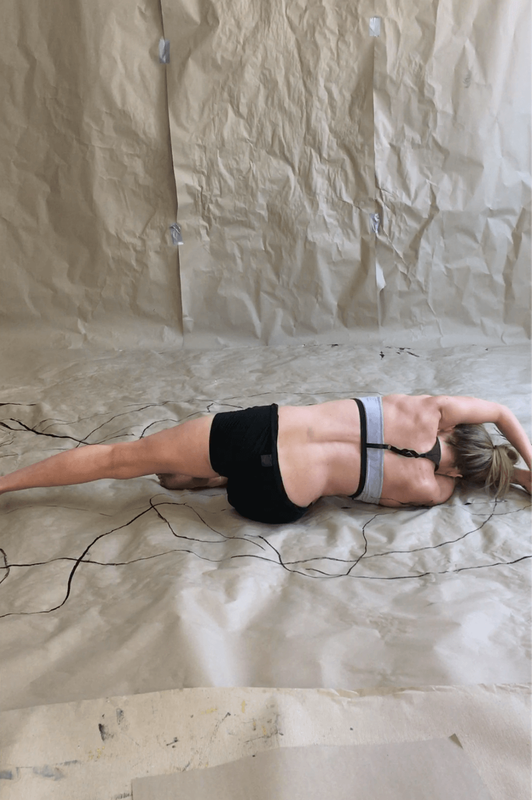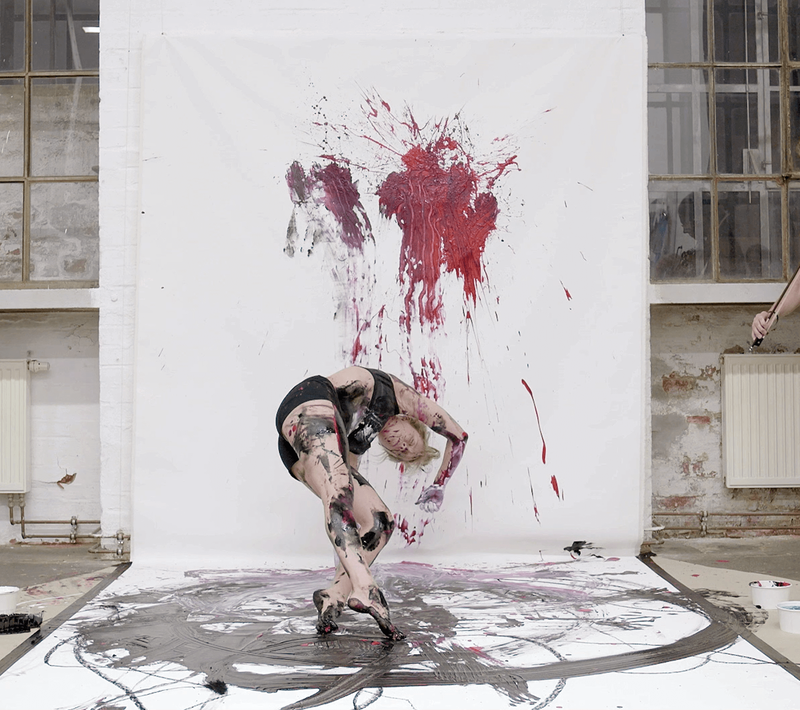Performance / Practice
To lament: to express sorrow, mourning, or regret; often demonstratively or passionately.
--
As the coronavirus moved its way across the globe, I decided to take my questions to canvas: Why suffering? How long? What for? How do we deal with grief? Where is God in this?
It appears the great programme of Earth 2020 has glitches. Unprecedented failures, illness, and turmoil have taken the world by surprise. We see new reports of famine, war, mass death and grief. But nothing drives home the reality and gravity of suffering like personal experience. Loss and suffering, two inescapable aspects of the human condition, are long-standing themes in my work.
My abstract wondering became concrete in May, when uninvited chaos stormed through. As if a premonition, my abstract work themes of grief and lament became fact for me this year, wrapped in the context of worldwide groaning and mourning in 2020.
Two emergency surgeries and the loss of my first pregnancy left me unable to work for several months. The questions of “why?” became more focused: Why me? Why my body? Why this pain? I felt that my body had betrayed me. And I could not change it, no matter how hard I tried, prayed, worked, denied or screamed.
Shortly after, I received devastating news of the tragic death of an intimately close friend. The pain was compounded, and no words could help me process my depression and anger. I turned to my art, desperately treading water. Dance became a new outlet for expression. I used paint and my body to express my mourning. This movement, initially impossible after the surgeries, was an outlet for intense rage, fear and nervous energy. My questions grew louder: Where were You? Why did this happen? Can’t it be undone?
I found comfort in reading and re-reading the experiences of J.S. Bach, Corrie ten Boom, Pete Greig, Sally McClung, and countless others enduring suffering. God did not abandon them, nor forget them in their moments of despair. Sorrow wants to be communal. In the darkest moments, I was aware of God’s nearness in a way I had never experienced. I didn’t receive the answers to my questions, “why?” - but I did receive comfort. No pat answers or silver linings, just the original meaning of com-fort: with-strength. Strength to go on living and to trust, in spite of not understanding. I did not triumph over adversity, but rather surrendered to the inescapable human practice of lamenting.
“Sorrow, however, turns out to be not a state, but a process.” 1
--
The exhibition gives people a space to reflect. While it is an intimate view into one person’s grief journey, the images allow for the viewer to see their own stories in the works. The accompanying installation and performance explore possibilities of a way through and out of mourning and into life.
The artist is navigating through the consequences of traumatic events, instinctively creating work that is unexpected, unfinished and raw. Incomplete forms and figures, appearing and disappearing in one another, signify a lack of control. In many of the images, a distorted horizon or perspective (and, in some, no horizon or perspective at all) reinforce a sense of overwhelming helplessness. This lack of orientation requires the viewer to sort through forms and shadows, which mirrors swimming through grief. Magnified by a struggle with depression, the work displays the felt disconnect between self and surroundings. Intuition takes over where understanding breaks down.
The recurring darkness in the images is neither good nor bad. There is melancholy, a sense of foreboding and of mystery. Yet there is also light seeping in, and repeated imagery of growing plants. Flora that flows in and around the images signifies life and steadfast truth in an otherwise uncontrollable world.
Not all hope is lost.
1 C. S. Lewis “A Grief Observed”
--
As the coronavirus moved its way across the globe, I decided to take my questions to canvas: Why suffering? How long? What for? How do we deal with grief? Where is God in this?
It appears the great programme of Earth 2020 has glitches. Unprecedented failures, illness, and turmoil have taken the world by surprise. We see new reports of famine, war, mass death and grief. But nothing drives home the reality and gravity of suffering like personal experience. Loss and suffering, two inescapable aspects of the human condition, are long-standing themes in my work.
My abstract wondering became concrete in May, when uninvited chaos stormed through. As if a premonition, my abstract work themes of grief and lament became fact for me this year, wrapped in the context of worldwide groaning and mourning in 2020.
Two emergency surgeries and the loss of my first pregnancy left me unable to work for several months. The questions of “why?” became more focused: Why me? Why my body? Why this pain? I felt that my body had betrayed me. And I could not change it, no matter how hard I tried, prayed, worked, denied or screamed.
Shortly after, I received devastating news of the tragic death of an intimately close friend. The pain was compounded, and no words could help me process my depression and anger. I turned to my art, desperately treading water. Dance became a new outlet for expression. I used paint and my body to express my mourning. This movement, initially impossible after the surgeries, was an outlet for intense rage, fear and nervous energy. My questions grew louder: Where were You? Why did this happen? Can’t it be undone?
I found comfort in reading and re-reading the experiences of J.S. Bach, Corrie ten Boom, Pete Greig, Sally McClung, and countless others enduring suffering. God did not abandon them, nor forget them in their moments of despair. Sorrow wants to be communal. In the darkest moments, I was aware of God’s nearness in a way I had never experienced. I didn’t receive the answers to my questions, “why?” - but I did receive comfort. No pat answers or silver linings, just the original meaning of com-fort: with-strength. Strength to go on living and to trust, in spite of not understanding. I did not triumph over adversity, but rather surrendered to the inescapable human practice of lamenting.
“Sorrow, however, turns out to be not a state, but a process.” 1
--
The exhibition gives people a space to reflect. While it is an intimate view into one person’s grief journey, the images allow for the viewer to see their own stories in the works. The accompanying installation and performance explore possibilities of a way through and out of mourning and into life.
The artist is navigating through the consequences of traumatic events, instinctively creating work that is unexpected, unfinished and raw. Incomplete forms and figures, appearing and disappearing in one another, signify a lack of control. In many of the images, a distorted horizon or perspective (and, in some, no horizon or perspective at all) reinforce a sense of overwhelming helplessness. This lack of orientation requires the viewer to sort through forms and shadows, which mirrors swimming through grief. Magnified by a struggle with depression, the work displays the felt disconnect between self and surroundings. Intuition takes over where understanding breaks down.
The recurring darkness in the images is neither good nor bad. There is melancholy, a sense of foreboding and of mystery. Yet there is also light seeping in, and repeated imagery of growing plants. Flora that flows in and around the images signifies life and steadfast truth in an otherwise uncontrollable world.
Not all hope is lost.
1 C. S. Lewis “A Grief Observed”
| lament_essay__download_.pdf |
Klagen: Sorge, Trauern, Bedauern zum Ausdruck bringen; oft demonstrativ oder leidenschaftlich.
--
Während der Coronavirus sich über den Globus ausbreitete, habe ich beschlossen, meine Fragen auf Leinwand zu bringen: Warum Leid? Wie lange noch? Wozu? Wie gehen wir mit Trauer um? Wo ist Gott in alledem?
Es scheint, dass das große Betriebssystem der Erde 2020 Programmfehler, „glitches“ hat. Nie dagewesenes Versagen, Krankheit, und Unruhen haben die Welt unvorbereitet getroffen. Wie sehen neue Berichte über Hungersnöte, Krieg, Massensterben und Trauer. Aber nichts macht die Realität und Schwere von Leid so greifbar, wie persönliche Erfahrung. Verlust und Leid, zwei unvermeidbare Aspekte des menschlichen Seins, sind Themen, die mich in meinen Arbeiten schon lange beschäftigen.
Mein abstraktes Fragen wurde im Mai konkret, als uneingeladen Chaos durch mein Leben stürmte. Wie durch Vorahnung wurden meine abstrakten Themen von Trauer und Klage für mich dieses Jahr Fakt, eingehüllt in den Kontext des Weltweiten Stöhnens und der Trauer von 2020.
Zwei Notoperationen und der Verlust meiner ersten Schwangerschaft haben mich für Monate außerstande gesetzt zu arbeiten. Die Warumfragen gewannen an Schärfe: Warum ich? Warum mein Körper? Warum dieser Schmerz? Es fühlte sich an, als hätte mein Körper mich verraten. Und ich konnte es nicht ändern, egal wie sehr ich mich angestrengt, gebetet, gearbeitet, verdrängt oder geschrieen habe.
Kurz drauf bekam ich die schreckliche Nachricht, dass ein sehr enger Freund tragisch ums Leben gekommen ist. Der Schmerz vermischte und verstärkte sich, keine Worte halfen mir, die Depression und den Ärger zu verarbeiten. So habe ich mich an die Kunst gewandt, verzweifelt bemüht, den Kopf über Wasser zu behalten. Tanz wurde eine neue Ausdrucksform. Ich nutzte Farbe und meinen Körper, um meine Trauer zum Ausdruck zu bringen. Diese Bewegung, die anfangs nach den Operationen unmöglich gewesen wäre, war ein Ventil für starke Wut, Angst und aufgestaute Energie. Meine Fragen wurden lauter: Wo warst Du? Warum ist das passiert? Kann man es nicht wieder rückgängig machen?
Ich fand Trost darin, wieder und wieder die Erfahrungen von J.S. Bach, Corrie ten Book, Pete Greig, Sally McClung und unzähligen anderen zu lesen, die Leid ertragen mussten. Gott hatte sie nicht verlassen, sie in ihren Momente der Verzweiflung nicht vergessen. Trauer will gemeinschaftlich erlebt werden. In den dunkelsten Stunden wurde mir Gottes Nähe auf eine bisher unbekannte Art bewusst. Ich bekam keine Antworten auf meine Warumfragen – aber ich empfing Trost. Keine platte Antwort oder Silberstreifen am Horizont, sondern nur die Urbedeutung von Trost/Beistand „com-fort“- mit-Stärke. Stärke um weiter zu leben und zu vertrauen, trotz des Unverständnisses. Ich habe nicht über Widerstände triumphiert, sondern mich stattdessen der unentrinnbaren menschlichen Praxis des Klagens hingegeben.
„Trauer, so stellt sich heraus, ist allerdings kein Status, sondern ein Prozess.“2
--
Die Ausstellung eröffnet einen Raum zum Reflektieren. Während sie ein intimer Einblick in die Trauerreise einer Einzelperson darstellt, erlauben die Bilder dem Betrachter, die eigenen Geschichten in den Arbeiten wiederzufinden. Die begleitende Installation und Performance erforschen die Möglichkeit eines Weges durch die Trauer und hinaus ins Leben.
Die Künstlerin steuert durch die Konsequenzen traumatischer Erlebnisse und schafft so Arbeiten, die unerwartet, unfertig, roh sind. Unvollendete Formen und Figuren, die ineinander auf- und abtauchen, deuten Kontrollverlust an. In vielen der Bilder verstärken der Mangel, in einigen das völlige Fehlen, von Horizont oder Perspektive das Gefühl überwältigender Hilflosigkeit. Dieser Mangel an Orientierung fordert den Betrachter heraus, die Formen und Schatten selbst zu sortieren, was das Schwimmen durch die Trauer widerspiegelt. Durch den Kampf mit Depression verstärkt zeigen die Arbeiten die empfundene Trennung zwischen dem Selbst und der Umgebung. Wo Verstehen an die Grenzen kommt, übernimmt die Intuition.
Die wiederkehrende Dunkelheit in den Bildern ist weder gut noch schlecht. Es gibt Melancholie, eine Atmosphäre von Vorahnung und Geheimnis. Doch gleichzeitig sickert auch Licht herein und wiederholt Bilder von sprossenden Pflanzen. Flora, die in und um die Bilder fließt, drückt unverbrüchliche Wahrheit in einer ansonsten unkontrollierbaren Welt aus.
Es ist nicht alle Hoffnung verloren.
2 C. S. Lewis „Über die Trauer“

